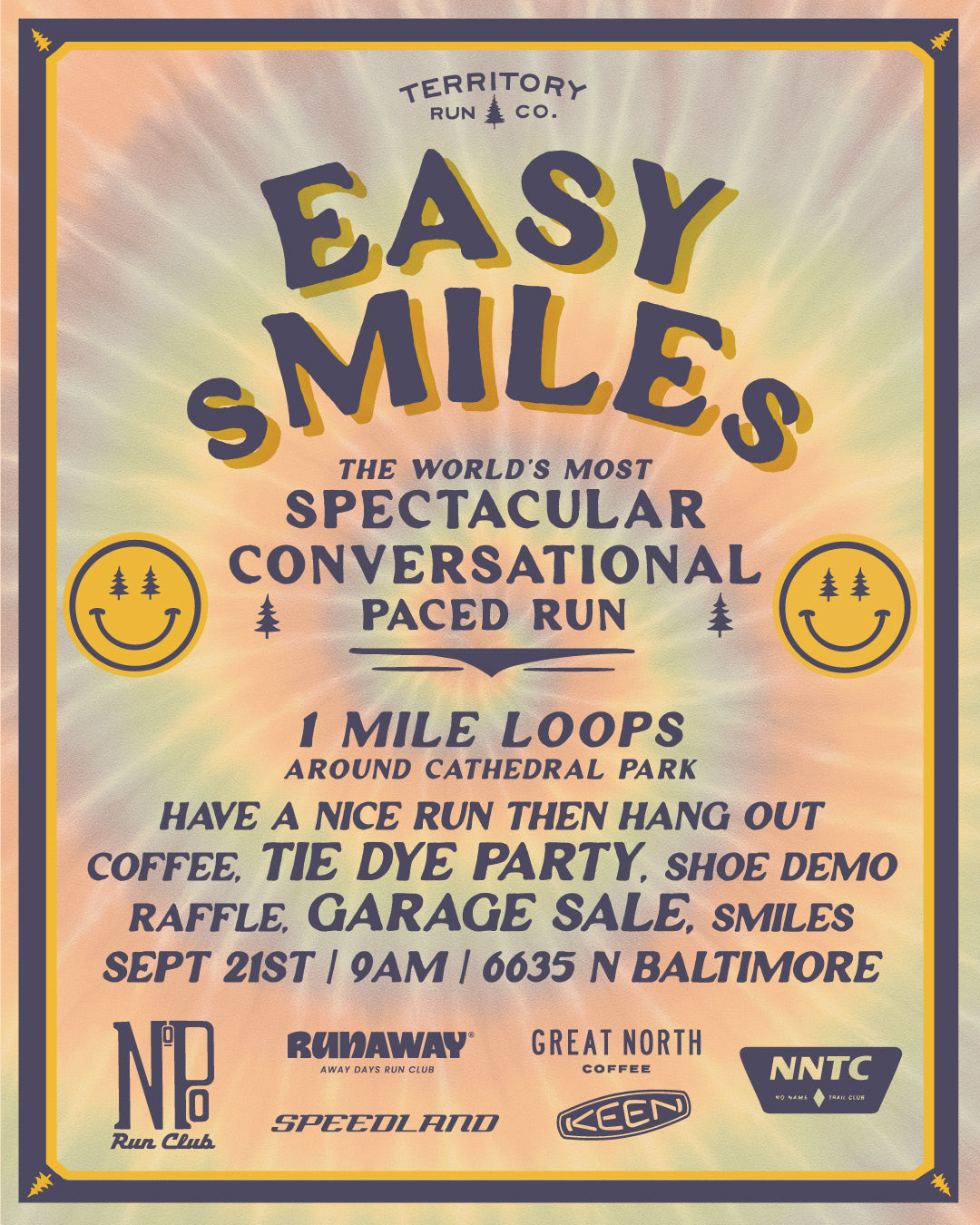Run Journal

Holiday Scavenger Hunt Run
Easy Miles. Run, jog, walk- whatever feels good. Join us. Our Holiday tradition with Daybreak Racing where we run around St Johns and Forest Park while we hunt down scavenger...
Holiday Scavenger Hunt Run
Easy Miles. Run, jog, walk- whatever feels good. Join us. Our Holiday tradition with Daybreak Racing where we run around St Johns and Forest Park while we hunt down scavenger...

Shop to Top Run
Shop to the Top: Gratitude Climb Join us for our Shop to the Top run — a 10K adventure from the Territory shop up Ridge Trail to the top of...
Shop to Top Run
Shop to the Top: Gratitude Climb Join us for our Shop to the Top run — a 10K adventure from the Territory shop up Ridge Trail to the top of...

Tough is good, honest is better
Written by Brett Farrell Let’s get this out of the way: toughness is fine. Grit is fine. Hell, we all need a little toughness just to survive Monday mornings. But...
Tough is good, honest is better
Written by Brett Farrell Let’s get this out of the way: toughness is fine. Grit is fine. Hell, we all need a little toughness just to survive Monday mornings. But...

How does Running Perform for you?
Written by Brett Farrell As the owner of a running company, I’ve slapped the word performance on everything—tees, caps, shorts. And I just realized…I don’t like this word at all....
How does Running Perform for you?
Written by Brett Farrell As the owner of a running company, I’ve slapped the word performance on everything—tees, caps, shorts. And I just realized…I don’t like this word at all....

Metrics don't define Success
Written by Brett Farrell Remember when you first said, “I just discovered running and it has changed my life”? Those endorphin-filled miles bled into the rest of your day. Running...
Metrics don't define Success
Written by Brett Farrell Remember when you first said, “I just discovered running and it has changed my life”? Those endorphin-filled miles bled into the rest of your day. Running...

EASY sMILEs - LOOPS & Tie Dye Party
This isn’t your average group run. This is an Easy Miles Extravaganza: one part fun run, one part tie-dye party and throw in a garage sale treasure hunt on...
EASY sMILEs - LOOPS & Tie Dye Party
This isn’t your average group run. This is an Easy Miles Extravaganza: one part fun run, one part tie-dye party and throw in a garage sale treasure hunt on...